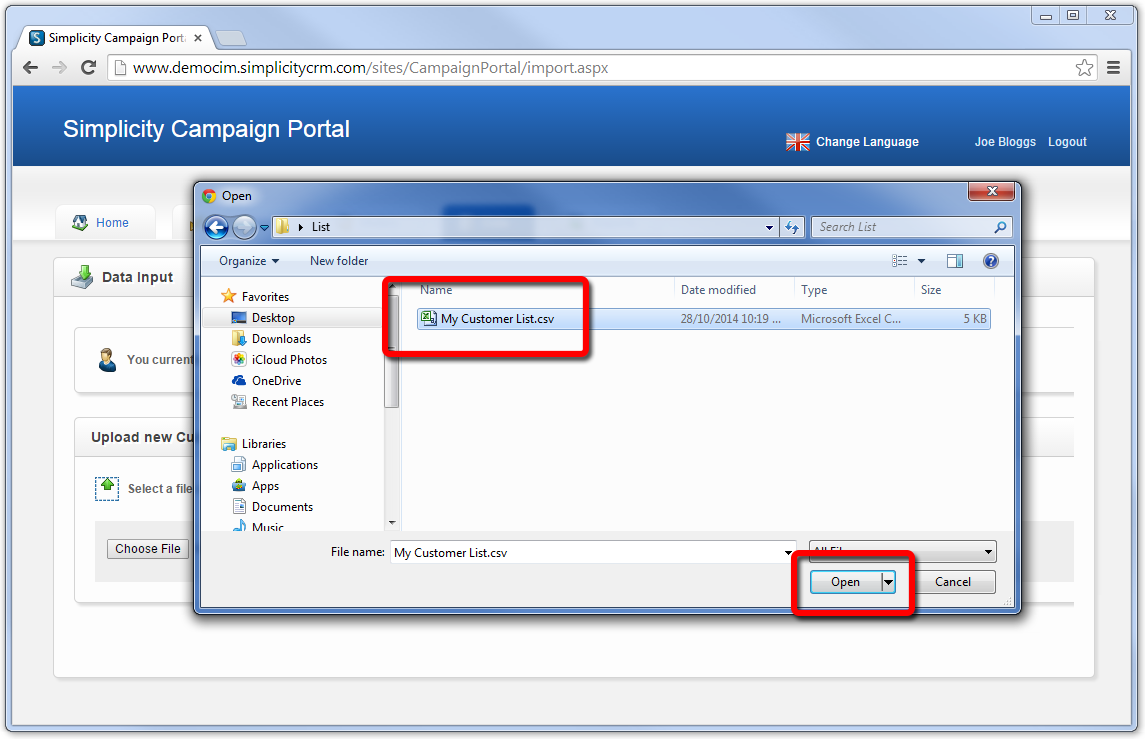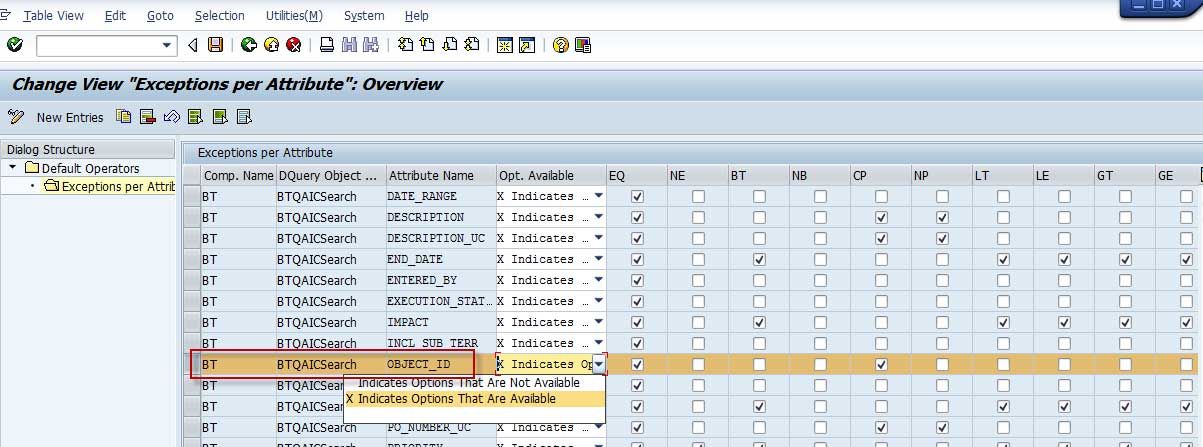
Each network node maintained its own map of the network nodes as needed and assigned them names that were memorable to the users of the system. The ARPANET, the predecessor of the Internet, had no distributed host name database. etc/hosts (a symbolic link to /private/etc/hosts) Registry key under HKEY_LOCAL_MACHINE\Comm\Tcpip\Hosts It is usually named hosts, without an extension. The location of the hosts file in the file system hierarchy varies by operating system. The example illustrates that an IP address may have multiple host names ( localhost and loopback), and that a host name may be mapped to both IPv4 and IPv6 IP addresses, as shown on the first and second lines respectively.

This example only contains entries for the loopback addresses of the system and their host names, a typical default content of the hosts file. For example, a typical hosts file may contain the following: Entirely blank lines in the file are ignored. Comment lines may be included they are indicated by an octothorpe (#) in the first position of such lines. Each field is separated by white space – tabs are often preferred for historical reasons, but spaces are also used. The host names map to the IPs, not vice versa. The hosts file contains lines of text consisting of an IP address in the first text field followed by one or more host names. ( April 2017) ( Learn how and when to remove this template message) Unsourced material may be challenged and removed. Please help improve this article by adding citations to reliable sources in this section. This section needs additional citations for verification. Unlike remote DNS resolvers, the hosts file is under the direct control of the local computer's administrator.

In some operating systems, the contents of the hosts file is used preferentially to other name resolution methods, such as the Domain Name System (DNS), but many systems implement name service switches, e.g., nf for Linux and Unix, to provide customization. It is a common part of an operating system's Internet Protocol (IP) implementation, and serves the function of translating human-friendly hostnames into numeric protocol addresses, called IP addresses, that identify and locate a host in an IP network. The hosts file is one of several system facilities that assists in addressing network nodes in a computer network.

In modern operating systems, the hosts file remains an alternative name resolution mechanism, configurable often as part of facilities such as the Name Service Switch as either the primary method or as a fallback method. The Domain Name System, first described in 1983 and implemented in 1984, automated the publication process and provided instantaneous and dynamic hostname resolution in the rapidly growing network. Originally a file named HOSTS.TXT was manually maintained and made available via file sharing by Stanford Research Institute for the ARPANET membership, containing the hostnames and address of hosts as contributed for inclusion by member organizations. The computer file hosts is an operating system file that maps hostnames to IP addresses.

For other uses, see Host (disambiguation).


 0 kommentar(er)
0 kommentar(er)
